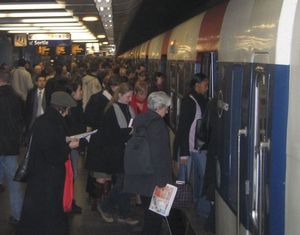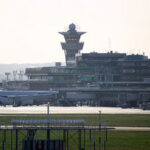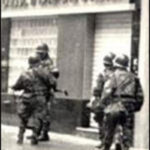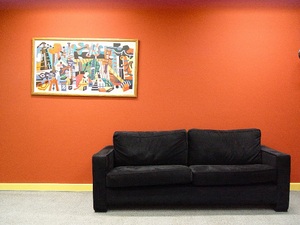The purpose of this article is to explain how to use the French Réseau Express Régional (“Regional Express Network”), or RER. If you’re looking for a general article on how to get around Paris using public transport, be sure to check out “How to Use the Parisian Metro”. Unlike the metro which has a majority of its stations in Paris itself, the RER serves to connect Paris to its suburbs and in general the Île-de-France region.
There are currently 5 RER lines, labeled A,B,C,D, & E. All lines have stations located in Paris, and then split into multiple branches as they travel outwards from the center of Paris. If you are traveling from a destination in Paris to another destination within the city on the RER, a simple metro ticket will cover your fare. Unlimited connections are allowed on this ticket, and in general the RER can be treated just like an extension of the metro within the city limits. Unlike the metro however, your ticket must be passed through the barriers on the way in AND on the way out of the station (as opposed to only in on the metro). Always keep your ticket when using any public transport in Paris, as controllers may ask to see it at any time.
Logically, fares on the RER increase the farther out you travel from Paris. There are several notable destinations for tourists that are located on the RER. The business district of La Défense is located just to the west of the city and is serviced by the RER A (and also by Metro line 1). The A, which is colored red on transport maps, also stops at Charles de Gaulle-Étoile (location of the Arc de Triomphe), Auber (location of the Paris Opéra) and Marne-la-Vallée Chessy (location of Euro Disney).
The RER B, marked blue, serves both of Paris’ international airports, Paris-Charles de Gaulle (CDG) and Paris-Orly. CDG is located to the north of the city and takes about 45 minutes to an hour to travel to from the central station of Châtelet-Les Halles. Orly lies to the south of the city, and one must take the RER B to Antony, and then change to the Orlyval (a special shuttle train) to reach the airport. The RER B also serves the Luxembourg Gardens, Gare du Nord (for Eurostar trains), and the Stade de France.
RER C, colored yellow, goes out to the city of Versailles, and the Chateau can be reached by getting off at Versailles Rive Gauche. Be aware that the C has many branches with more than one stopping in the city of Versailles, so verify that your train does indeed end at Versailles Rive Gauche. The RER C also has a stop at Champ de Mars Tour Eiffel, which allows travelers to get off for the Eiffel Tower.
Despite the fact that it might seem overwhelming to have to juggle both the metro and the RER, the two systems are well integrated and signs are located throughout stations to guide both visitors and Parisians alike. The great thing about the RER is that it allows people to easily escape the busyness of central Paris and even approach what some could consider countryside, in virtually no time.







